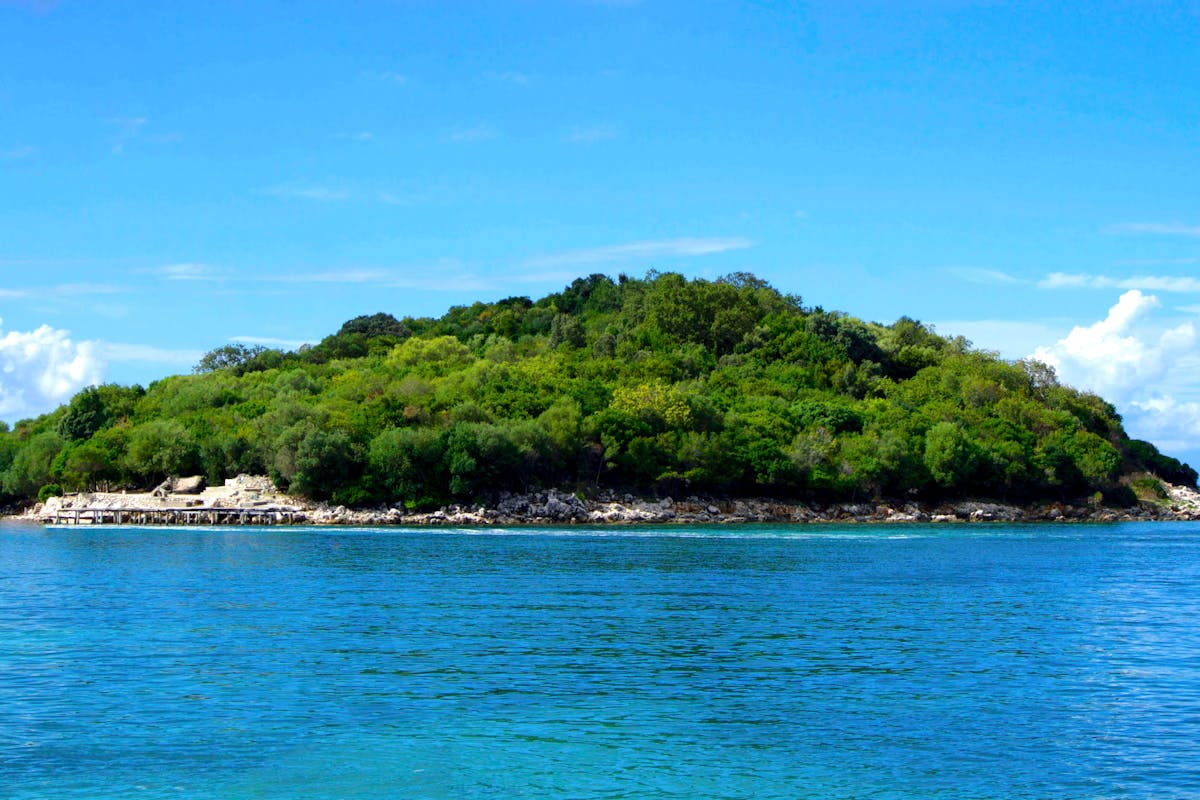
The Island That Only Soldiers and Scientists Are Allowed to Visit Because the World's Most Dangerous Creature Lives There
Ilha de Queimada Grande (Snake Island), located 32 kilometers off the coast of São Paulo, is home to the golden lancehead (Bothrops insularis). Rightfully nicknamed “Snake Island,” it spans 430,000 square meters and is the only place on Earth where this species of viper lives.
The island is nearly devoid of human visitors, except for a few scientists who receive special permission each year to study the snakes. Occasionally, the Brazilian Navy also visits to maintain the lighthouse built in 1909 – but they too leave quickly – reports Nova.
They developed extremely potent venom
It is believed that snake hunters have visited the island to capture golden lanceheads, which can fetch up to 30,000 euros on the black market.
The golden lancehead evolved in isolation after the island was cut off from the mainland by rising sea levels about 11,000 years ago, leaving the snakes without diverse food sources. Their main prey became migratory birds, but the problem was that most snake venoms act slowly – sometimes over the course of days. By the time the venom took effect, the bird would have flown away.
As a result, these snakes evolved venom that acts almost instantly – five times stronger than that of most other snakes and capable of even dissolving human flesh.
In humans, a bite from a golden lancehead carries about a 7% risk of death. Before the island was officially closed to visitors, numerous stories were recorded about people who died from its deadly bites.
The turbulent history of Snake Island
One of the better-known stories involves a fisherman whose boat engine failed. Seeking help, he landed on the island and ventured inland, unaware of the dangers that awaited. When the boat was later found, the fisherman lay dead in a pool of blood, covered in snake bites.
Another legend refers to the last lighthouse keeper who lived on the island with his family. According to stories, snakes entered their house through the windows, causing them to panic and attempt escape. Their bodies were reportedly later found scattered around the island.
The island’s name – Ilha de Queimada Grande – means “Island of Burning,” referring to a failed attempt to establish a banana plantation by setting fire to the forest vegetation.
Critically endangered today, yet still dangerous
Over the last 15 years, the snake population on the island has decreased by about 15%, partly due to deforestation and disease. On the Red List of the International Union for Conservation of Nature (IUCN), the golden lancehead is currently listed as critically endangered.
Still, with thousands of snakes inhabiting the island, it’s safe to say this is probably not an ideal vacation destination.





